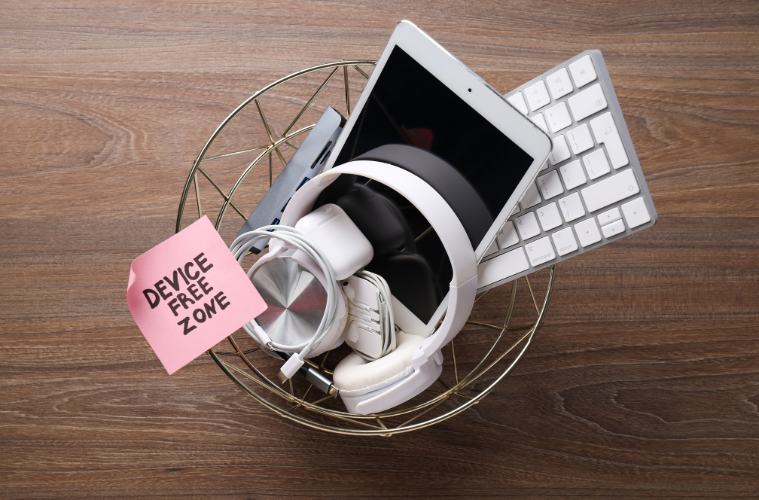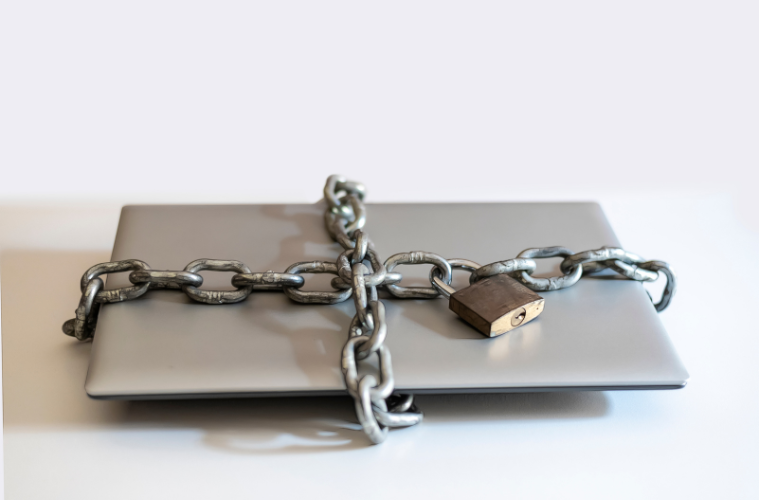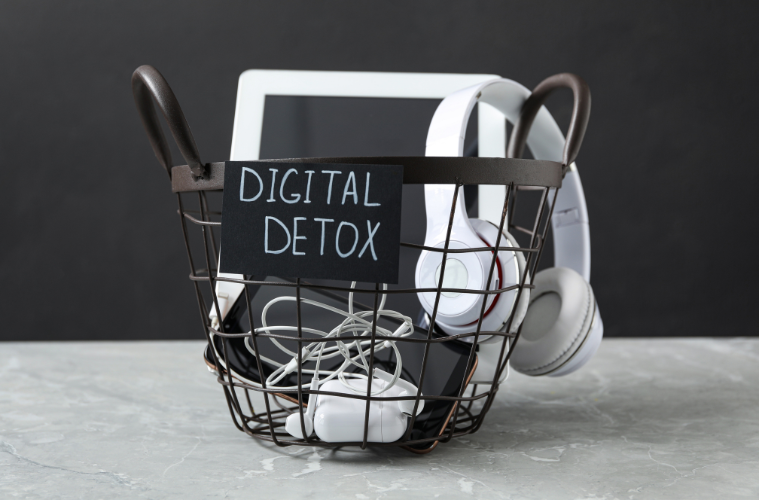What a Balanced Digital Detox Looks Like in 2025
In a hyper-connected world where nearly everything from work to socialising to grocery shopping happens online, the concept of a digital detox has evolved. In 2025, it’s less about switching off completely and more about finding a sustainable balance between tech use and wellbeing.
Rather than throwing your phone into a drawer for a week (which isn’t realistic for most of us), a modern digital detox is about being intentional, setting boundaries, and reclaiming control over your screen time, without cutting yourself off from the world.
Here’s what a balanced digital detox looks like in 2025 and how you can start one that works for your lifestyle.
1. Intentional Tech Use, Not Elimination

In 2025, digital detoxing isn’t about ditching all screens. It’s about how and why you use them. With most people working remotely, managing online businesses, or studying virtually, going completely offline isn’t feasible. Instead, a healthy detox involves evaluating the apps, platforms, and tools that truly add value, and cutting out the rest.
Start by asking:
- Do I need this app, or is it just a distraction?
- Does this content make me feel informed or anxious?
- Is this time online intentional or just a habit?
Making small, deliberate choices in your daily routine helps you stay connected to what matters without being consumed by it.
2. Micro Detoxes Throughout the Day
Rather than going offline for an entire weekend (which can be stressful for some), micro detoxes are becoming the norm in 2025. These are small breaks built into your routine where you disconnect from devices, without disrupting your life.
Examples include:
- Leaving your phone in another room during meals
- Turning off notifications for an hour of focused work
- Taking a 10-minute walk without any devices
- Practising “no-screen mornings” for the first 30 minutes of the day
These short breaks give your brain a breather and reset your relationship with screens in a manageable way.
3. Digital Curfews and Screen-Free Zones

More people are implementing digital boundaries at home. A popular method is the “digital curfew”, setting a specific time to power down for the night. For example, no screens after 9 p.m. This helps improve sleep quality and allows for more restful wind-down routines.
Designating screen-free zones, like the bedroom or dining table, is another simple but effective habit. These boundaries create space for face-to-face connection, mindfulness, and better rest.
4. Detoxing from One Platform at a Time
Not all tech is the problem; certain platforms just demand more attention than others. Social media, in particular, continues to dominate our time in 2025. Instead of cutting all tech use, a modern detox might involve taking a break from a specific platform, like Instagram or TikTok, for a few days or weeks.
These platform-specific detoxes allow you to observe how they affect your mood, focus, and habits, often revealing just how much mental space they take up.
5. Embracing “Slow Tech”
Just like slow fashion or slow food, the “slow tech” movement is growing. It encourages people to use technology more mindfully, focusing on quality over quantity. Instead of bingeing content or multitasking across screens, slow tech is about using devices for specific purposes, then logging off.
Examples of slow tech in practice include:
- Using e-readers instead of phones for reading
- Listening to a podcast while walking, without checking your phone
- Watching one episode instead of a whole season in a single sitting
The goal is to replace mindless scrolling with intentional engagement.
6. Spending More Time Offline Without Guilt
Balanced digital detoxing in 2025 is also about reconnecting with offline activities, without the guilt of being “unproductive.” More people are rediscovering the joy of reading physical books, gardening, exercising, journaling, and simply doing nothing. These activities help restore mental clarity and reduce burnout.
Instead of viewing offline time as wasted time, it’s now seen as essential self-care.
7. Using Tech to Help You Detox
Ironically, technology itself can support a digital detox. Screen time trackers, focus apps, wellness wearables, and smart notifications can guide and remind you to take breaks or limit usage.
Tools like:
- Forest (helps you stay focused and off your phone)
- Opal or Freedom (blocks distracting apps)
- Sleep tracking features on smartwatches
- iPhone and Android screen time dashboards
These features make it easier to stay aware and on track with your detox goals.
Final Thoughts

A digital detox in 2025 doesn’t mean rejecting technology; it means using it more consciously. By setting boundaries, embracing offline time, and developing better digital habits, you can enjoy the benefits of tech without letting it take over your life.
Remember: the goal isn’t perfection. It’s progress. A few mindful changes can help you reclaim your time, protect your mental health, and live a more balanced life, both online and off.



